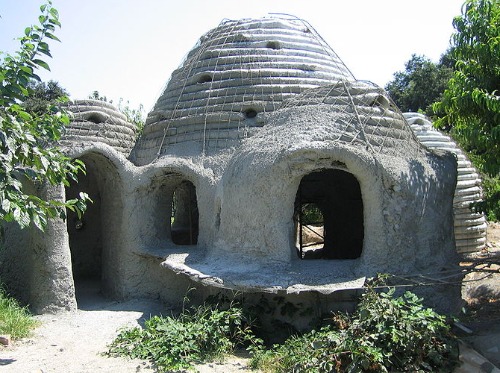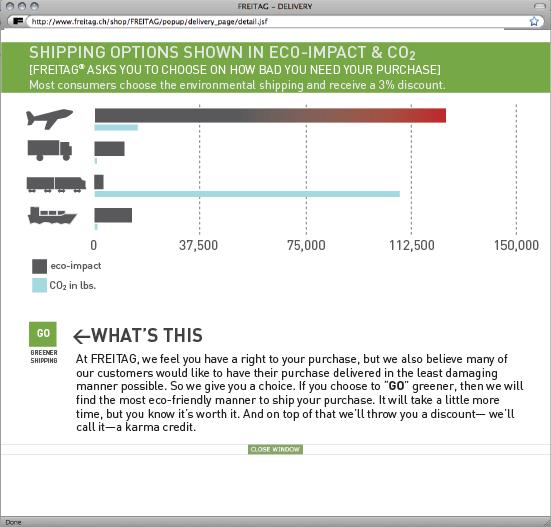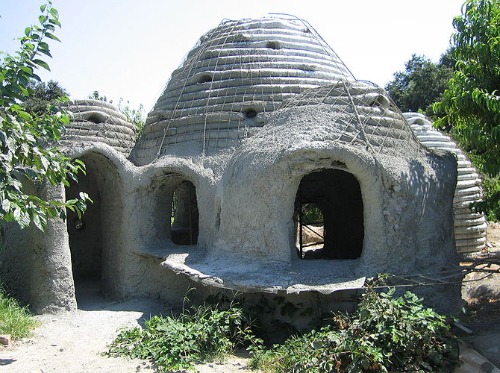 Hobbit home sweet home.Photo: CajolingwilhelmEarthbags sound like yet another line of reusable totes, but they’re actually a green building material synonymous with sandbags. Basically you fill big bags with sand or gravel and stack ’em on top of each other like heavy, squirmy Legos. (Plaster follows.) Iranian-American architect Nader Khalili developed superadobe, a type of earthbag building where long bags filled with adobe are arranged in a beehive shape. The finished product can look like somewhere Frodo would live.
Hobbit home sweet home.Photo: CajolingwilhelmEarthbags sound like yet another line of reusable totes, but they’re actually a green building material synonymous with sandbags. Basically you fill big bags with sand or gravel and stack ’em on top of each other like heavy, squirmy Legos. (Plaster follows.) Iranian-American architect Nader Khalili developed superadobe, a type of earthbag building where long bags filled with adobe are arranged in a beehive shape. The finished product can look like somewhere Frodo would live.
Largely thanks to Khalili and Cal-Earth (The California Institute of Earth Art and Architecture, which he founded), earthbag building has permeated public consciousness in recent years, although the technique goes back at least to World War I. (Cal-Earth says zenly that superadobe “uses the materials of war for peaceful ends,” and it’s true — the process has been used to make military bunkers.)
Nowadays, the DIY crowd is getting in on the earthbag action. Owen Geiger, the former director of Builders Without Borders, extols them on Instructables:
I got involved with earthbag building when the Indian Ocean tsunami hit Southeast Asia in December, 2004 … I searched all available affordable, sustainable building methods and decided building with bags was the most practical. They’re flood resistant (used for flood control), earthquake resistant (passed an ICBO shake table test), bullet and blast resistant (used for military bunkers), and now engineer and code approved plans are available.
In another piece on Instructables, Geiger swears roundhouses made of earthbags can withstand bullets, hurricanes, tornadoes, and being hit dead on by a speeding car. Plus, building small roundhouses was fast and cheap, he says (just over $2,000 each). Say what?
Are earthbags the building material of the future?
For one thing, they’re an alternative to cement — “a major expense and cause of global climate change,” Geiger writes. Indeed, in a piece about green cement, The New York Times noted:
[M]aking cement means making pollution, in the form of carbon dioxide emissions. Cement plants account for 5 percent of global emissions of carbon dioxide, the main cause of global warming. Cement has no viable recycling potential; each new road, each new building needs new cement.
Another point in earthbags’ favor: Since you can fill ’em with local gravel or sand, the process saves transportation-related energy.
Not so fast: In another New York Times piece, Montana architect Peter Berman says building with earth won’t scale, and that it “send[s] technology backwards.” Haters gonna hate.




